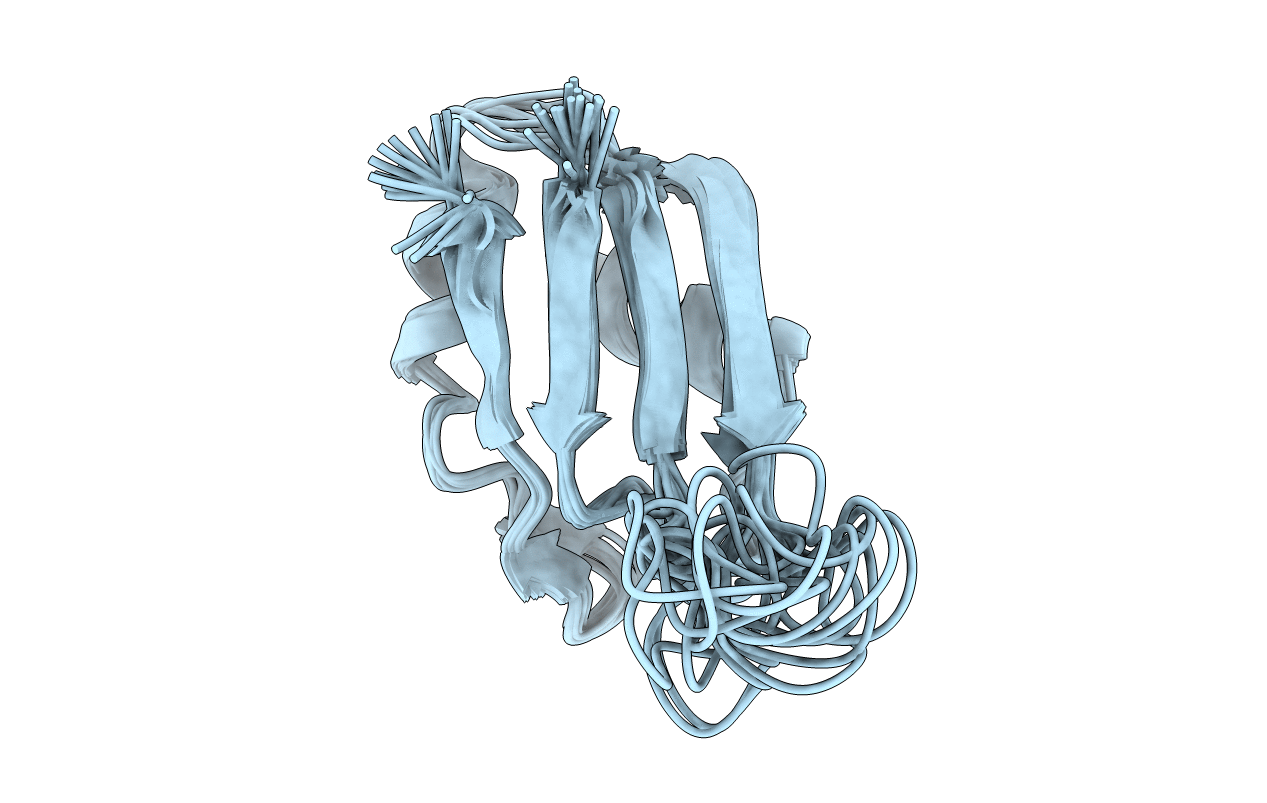
Deposition Date
2003-03-24
Release Date
2004-03-24
Last Version Date
2023-12-27
Entry Detail
PDB ID:
1UAW
Keywords:
Title:
Solution structure of the N-terminal RNA-binding domain of mouse Musashi1
Biological Source:
Source Organism:
Mus musculus (Taxon ID: 10090)
Host Organism:
Method Details:
Experimental Method:
Conformers Calculated:
103
Conformers Submitted:
15
Selection Criteria:
structures with the lowest energy


